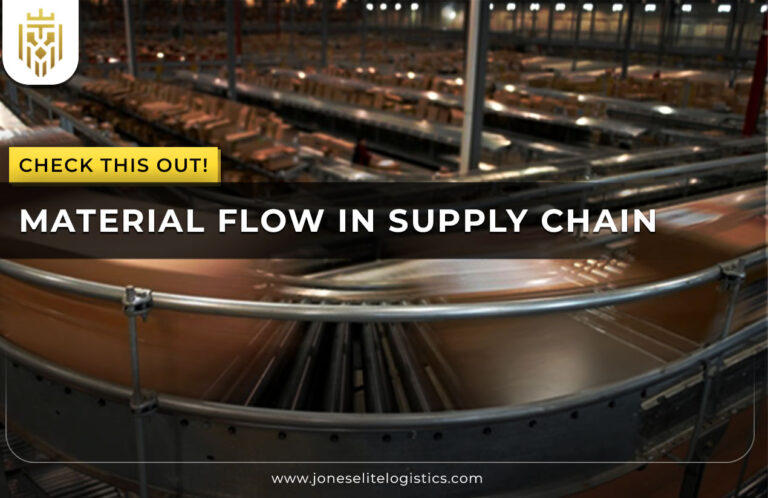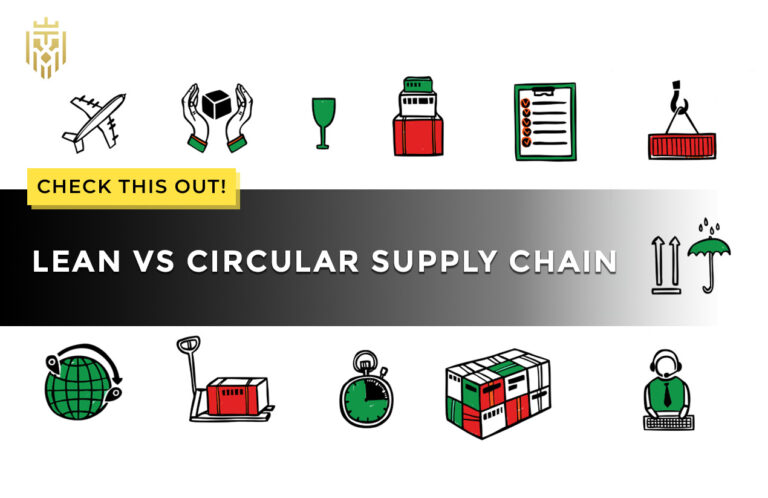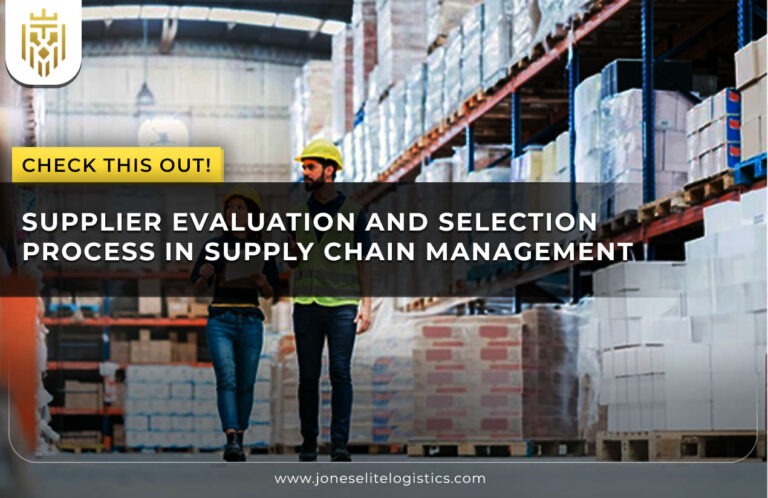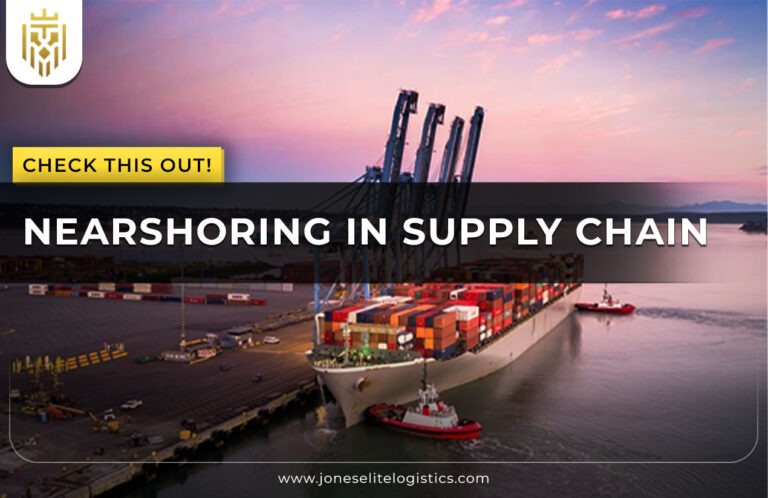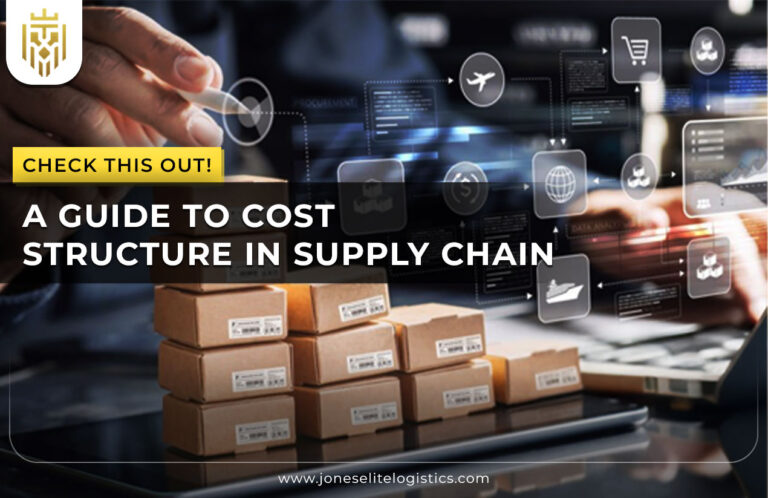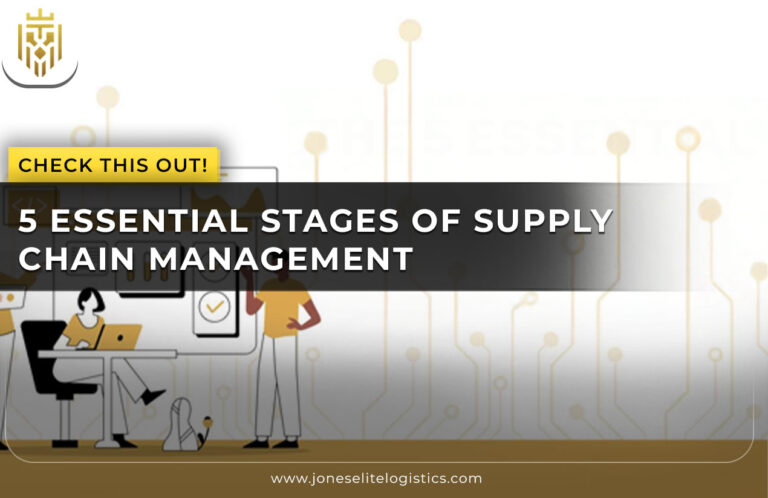What is Part Truck Load?
A Part Truck Load shipment is when a shipper reserves a section for its goods to occupy a portion of a truck’s capacity, sharing the space with other shipments. This model of freight shipping fits right in between LTL (Less Than Truckload) shipping, which merges small loads from various businesses in one truck and FTL (Full Truckload Shipping); a good choice for that particular situation when a business’s load is medium and does not fill a complete truck.
Why use Partial Truckload Delivery instead of Full Truckload Delivery?
Partial truckload shipping strikes a good balance for shippers that require loads too big for LTL shipping but not big enough for FTL. Cost and efficiency are a must, especially for SMEs. By sharing one truck between different shipments, companies can save some money without really sacrificing too much on the delivery times.
-
What are the differences between Full Truck Load and Part Truck Load?
Ordering a full truckload (FTL) means paying to reserve an entire truck for one shipment, allowing for minimal handling – this option is typically best for very large shipments. Conversely, Part Truck Load India allows for the shared usage of the truck with other consignments, which is like LTL shipping albeit more effective for medium volumes and fewer transfer points, thus lowering damage risks.
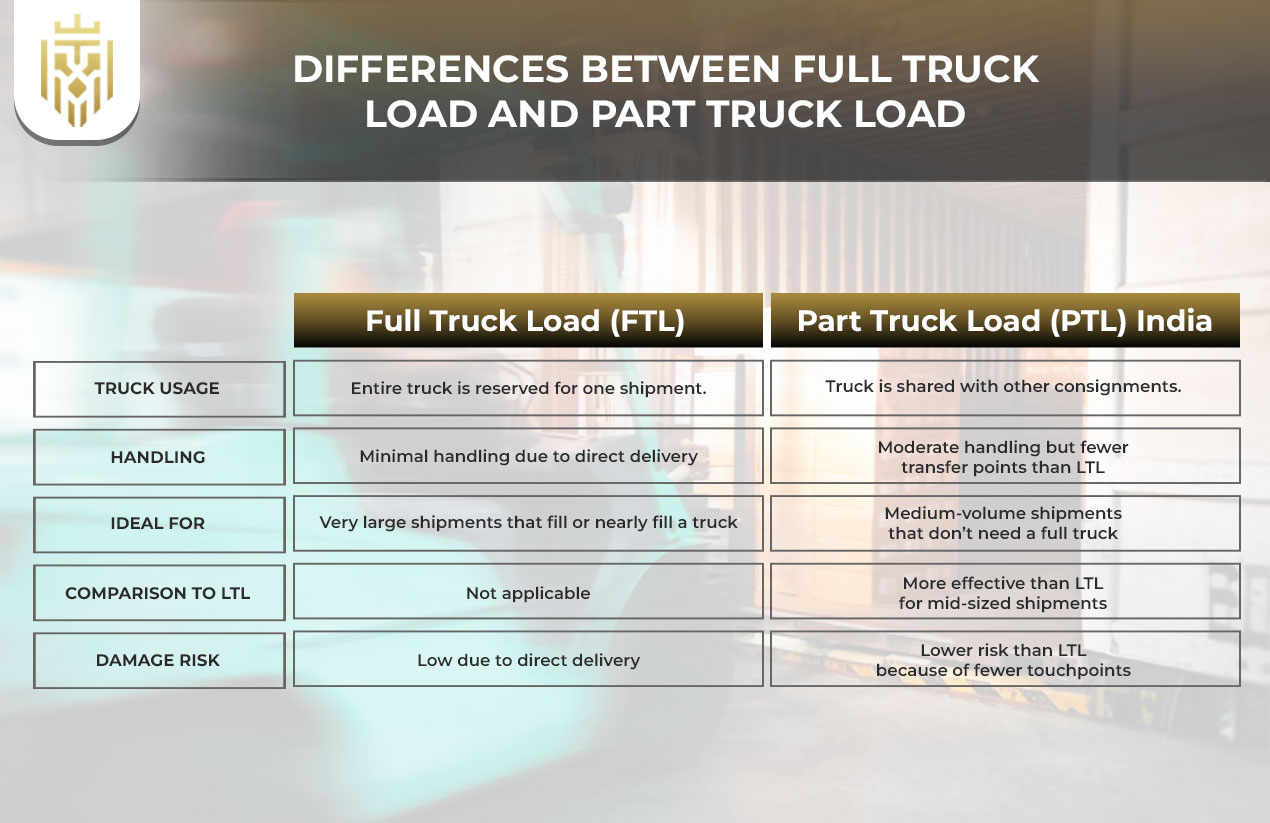
-
Characteristics of Part Truck Load
Used to share truck space between shippers, part truck load is flexible for load size, has multiple handling points, and is cost-effective for mid-volume freight, which needs to fill a truck.

-
Shared Truck Space
Part Truck Load India allows shared use of the truck across multiple companies, which becomes a very efficient mode of transportation. Cost savings arise from maximising the usage of available truck space, thus costs for this service in Part Truck Load become lightweight when compared to full truck costs for moderately sized shipments.
-
Flexible Shipment Size
Part Truck Load services are best suited for organizations that have shipments that vary or bulk in size at different times. Instead of hiring an entire truck, one can share the space, thus helping in optimally using logistics costs. This would be most applicable to the startup and SME environment as it offers a scalable option to the full truckload model at a lower cost.
-
Longer Transit Time
The part truckload being delivered today would generally take longer to reach its destination compared with full truckload because of multiple pickup and delivery points. As the travel time between each delivery range becomes longer due to the involvement of more shippers, there is still the cost efficiency for access to flexible delivery choices.
-
Multiple Handling Points
The Part Truck Load is where a truck loading and unloading goods from or to more than one shipper stops at different locations from where they collect goods. These multiple handling points can also increase the chances of slightly delayed deliveries or minor damages. Still, they allow businesses to draw the benefits of a lower cost compared to a dedicated whole truckload service.
-
Suitable for Various Industries
Partial truckload shipment suits industries such as FMCG, textiles, and electronics that frequently produce moderate loads. It allows for much better cost control than the full truckload while not having to undergo the handling that comes with ltl shipments, making it the option of choice for most dynamic or seasonal businesses.
-
Cost-Effective for Smaller Loads
Part Truck Load shipment is cost-effective because it allows various shippers to share the space and cost of the truck. It makes it useful for small loads that do not require a whole truck-load, while being cost-efficient and reliable for a comprehensive logistics option from which businesses can benefit across various sectors.
How Does Part Truck Load Shipping Work?
Partial Truck Load transport integrates freight belonging to different customers within the same truck. Rather than booking an entire truck, they pay for the piece of space they occupy. This contributes to efficient and cheaper shipping when goods are not suited for a full truckload service.
-
When to choose Part Truck Load?
Consider part truck load for medium-sized, low-density, or fragile freight that may not fill a truck but may exceed parcel limits. These two considerations: cost savings and limited handling, are what make it suitable.

-
Low-Density Freight
Partial truckload shipping is an excellent option when you need to transport something that takes up room but does not weigh much-more than light but bulky items. Much of the inefficiencies of full truckload shipping can be compensated with this type of transport for reduced risk of damage compared to ltl transport, which worked rather well for weird-sized commodities that weren’t especially denser than normal.
-
Fragile Freight
Part Truck Load is ideal for delicate items, as it minimises breakpoint transit, thereby reducing damage risk. The cost-effectiveness offered by PTL is quite prominent, as it discusses fewer touch points as compared to ltl shipping, which is essential in transferring electronics, glassware, or other pharmaceutical products that need a tender touch while handling.
-
Minimal Handling
Part Truck Load transport is to be less handling, particularly along pre-consolidation routes. On top of that, touch points using the reduced load option allow better protection of sensitive or fragile articles than those of ltl, where frequent transfers involve most times. An appropriate option to shipper whose load is less than full but needs additional care would be this.
-
Consolidated Shipments
For companies that often engage in smaller shipments, the Part-Truck-Load helps by consolidating goods into a single truck. This option helps deter non-value-added costs of single deliveries and offers more efficient shipping solutions than parcel shipping for regular dispatches.
Advantages of Part Truck Load
Together with routes optimised for space and planning, PTL places the shipment into one truck that bears reduced costs, less risk of damage, less delays in delivery as compared to LTL, and greener ideals.

-
Reduced Handling and Damage Risk
The Partial Truck Load shipment usually rides with the same truck until delivery, therefore very few loading and unloading operations in between. In essence, chances of damaging the cargo are considerably less as compared to ltl shipping, thus making PTL much safer for fragile or high-value goods without the need for a full-truck-load investment.
-
Faster Transit Times
Coupled with fewer stops, PTL involves direct or semi-direct delivery routings. In this way, it is much easier to optimize routes, knowing ahead of time what the ship is carrying and its destination, than in an ltl shipping model.Thus it leads to faster deliveries than what would have been expected under shared services, particularly for medium-sized shipments.
-
Potential Environmental Benefits
By combining several shipments into one truck, Part Truck Load reduces fuel usage per delivery, leading to lower carbon emissions when compared to full truckload services, which make frequent empty return trips, indeed enabling businesses to contribute to greener and more sustainable supply chain practices.
-
Potential for Discounts and Offers
With Part Truck Load, the shipper enjoys the opportunity for better rates and occasional promotions from logistics providers. Conversely, the nature of grouped shipments provides cost-sharing flexibility for pass-through pricing structures with attractive discounts, especially for regular or high-volume customers.
-
Less Time at Distribution Centres
Part Truck Load frequently eliminates terminal handling operations and thus allows shipments to travel directly from origin to destination. Compared to ltl transport, where goods pass through terminals multiple times before final delivery, it at least saves time in distribution centres and allows for improved supply chain responsiveness.
Disadvantages of Part Truck Load
Transit times in PTL could be longer, or costlier for small loads than the less-than-truckload services, and all the extra time in the shared truck space and multiple points of handling and/or coordination lead to low flexibility.

-
Longer Transit Time
Partial truckload shipping takes much longer compared to full truckload shipping because one truck brings different shipments and makes a lot of stops before it reaches the final delivery destination. For this reason, PTL does not become cost-effective for urgent deliveries as the goods have to travel indirect routes rather than a full truckload.
-
Higher Cost Compared to LTL
However, even if partial truckload is faster and safer than ltl shipping, it is sometimes costlier. The charge per shipment might be higher because this type of shipment reserves space and weight capacity more than ltl does, especially when the dimensions are irregular or special handling is required.
-
Limited Flexibility
Partial Truckload relies on sharing truck space, making scheduling less flexible than either full truckload or ltl shipment. Waiting times for other shipments to fill the truck can cause delays, making it difficult for time-sensitive deliveries.
FAQs
1.What is a part truck load?
A Part Truck Load shipment is when a shipper reserves a section for its goods to occupy a portion of a truck’s capacity, sharing the space with other shipments. This model of freight shipping fits right in between LTL (Less Than Truckload) shipping, which merges small loads from various businesses in one truck and FTL (Full Truckload Shipping); a good choice for that particular situation when a business’s load is medium and does not fill a complete truck.
2.What is the difference between full load and part load?
Ordering a full truckload (FTL) means paying to reserve an entire truck for one shipment, allowing for minimal handling – this option is typically best for very large shipments. Conversely, Part Truck Load India allows for the shared usage of the truck with other consignments, which is like LTL shipping albeit more effective for medium volumes and fewer transfer points, thus lowering damage risks.
3.How Does Part Truck Load Shipping Work?
Partial Truck Load transport integrates freight belonging to different customers within the same truck. Rather than booking an entire truck, they pay for the piece of space they occupy. This contributes to efficient and cheaper shipping when goods are not suited for a full truckload service.
4.What are the Features of Part Truck Load?
Used to share truck space between shippers, part truck load is flexible for load size, has multiple handling points, and is cost-effective for mid-volume freight, which needs to fill a truck.

